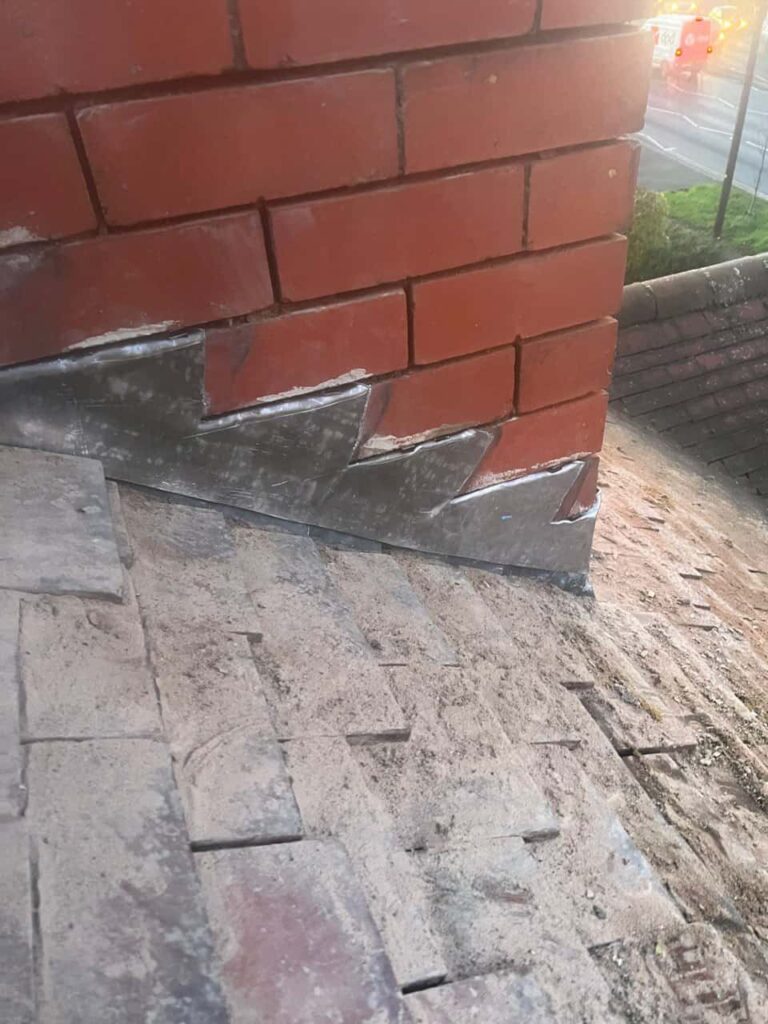Gable end roofs are a familiar sight across the UK, known for their classic triangular profile and straightforward construction. Their design makes them a popular choice for both traditional and modern homes, offering good ventilation, effective rainwater runoff, and a timeless appearance. However, as with any roofing style, their performance can vary depending on the weather conditions they face.
At LJ Roofing Criklade, we work with homeowners to ensure that gable end roofs are built and maintained to handle the local climate effectively. Understanding how these roofs respond to different types of weather can help you make informed decisions about their care.
Performance in Heavy Rain
One of the main advantages of a gable end roof is its steep pitch, which encourages rainwater to run off quickly. This minimises the risk of standing water, which can lead to leaks and structural damage. When paired with a properly installed guttering system, a gable roof will handle heavy rainfall efficiently.
However, it’s essential to ensure that roof valleys (where two roof slopes meet) and flashing around chimneys or vents are well maintained, as these are common points for water ingress in prolonged wet weather.
Resistance to Snow and Ice
In snowy conditions, the angled design of a gable roof helps prevent excessive snow build-up. The steep slopes allow snow to slide off more easily than on flat or low-pitch roofs, reducing weight strain on the structure.
That said, in areas prone to freezing temperatures, ice dams can form at the eaves if insulation and ventilation are inadequate. This can allow water to back up under the tiles. Ensuring proper attic ventilation and insulation is key to preventing these issues.
Performance in Strong Winds
Wind performance is one of the main considerations for gable end roofs. While the sloped design generally directs wind over the structure, the gable ends themselves can be vulnerable in high winds, especially if the overhang is large or poorly braced.
In storm-prone areas, reinforcing the gable ends and securing roof coverings is crucial. At LJ Roofing Criklade, we recommend regular inspections to identify any loose tiles, worn fixings, or structural weaknesses that could become a problem during extreme weather.
Handling Hot and Sunny Conditions
In hot weather, the open attic space beneath a gable end roof allows for good ventilation, which helps regulate internal temperatures and prolongs the life of roofing materials. Adequate ventilation also reduces the risk of heat build-up, which can cause timber components to warp and roofing felt to deteriorate prematurely.
For properties in sunny, exposed locations, choosing UV-resistant roofing materials will further extend the lifespan of the roof.
Performance in Mixed UK Weather
The UK climate is often unpredictable, with rapid changes between rain, wind, and sun. A well-built and maintained gable end roof can perform well year-round, but the key lies in proactive care:
- Keep gutters and downpipes clear to avoid water damage.
- Inspect tiles or slates regularly for cracks or displacement.
- Reinforce gable ends to withstand wind uplift.
- Ensure adequate loft insulation and ventilation to manage both heat and moisture.
Conclusion
Gable end roofs offer excellent all-round performance in the UK’s varied climate, but like any roof, their durability depends on proper installation and regular maintenance. By addressing their specific vulnerabilities—particularly at the gable ends and around flashing—you can ensure your roof remains reliable in all weather conditions.
If you need expert advice, repairs, or maintenance for your gable end roof in Cricklade or surrounding areas, contact LJ Roofing Criklade. Our experienced team can help keep your roof in top condition, whatever the weather brings.
Call us on: 01793 569 197
Click here to find out more about LJ Roofing Criklade
Click here to complete our contact form and see how we can help with your roofing needs.

